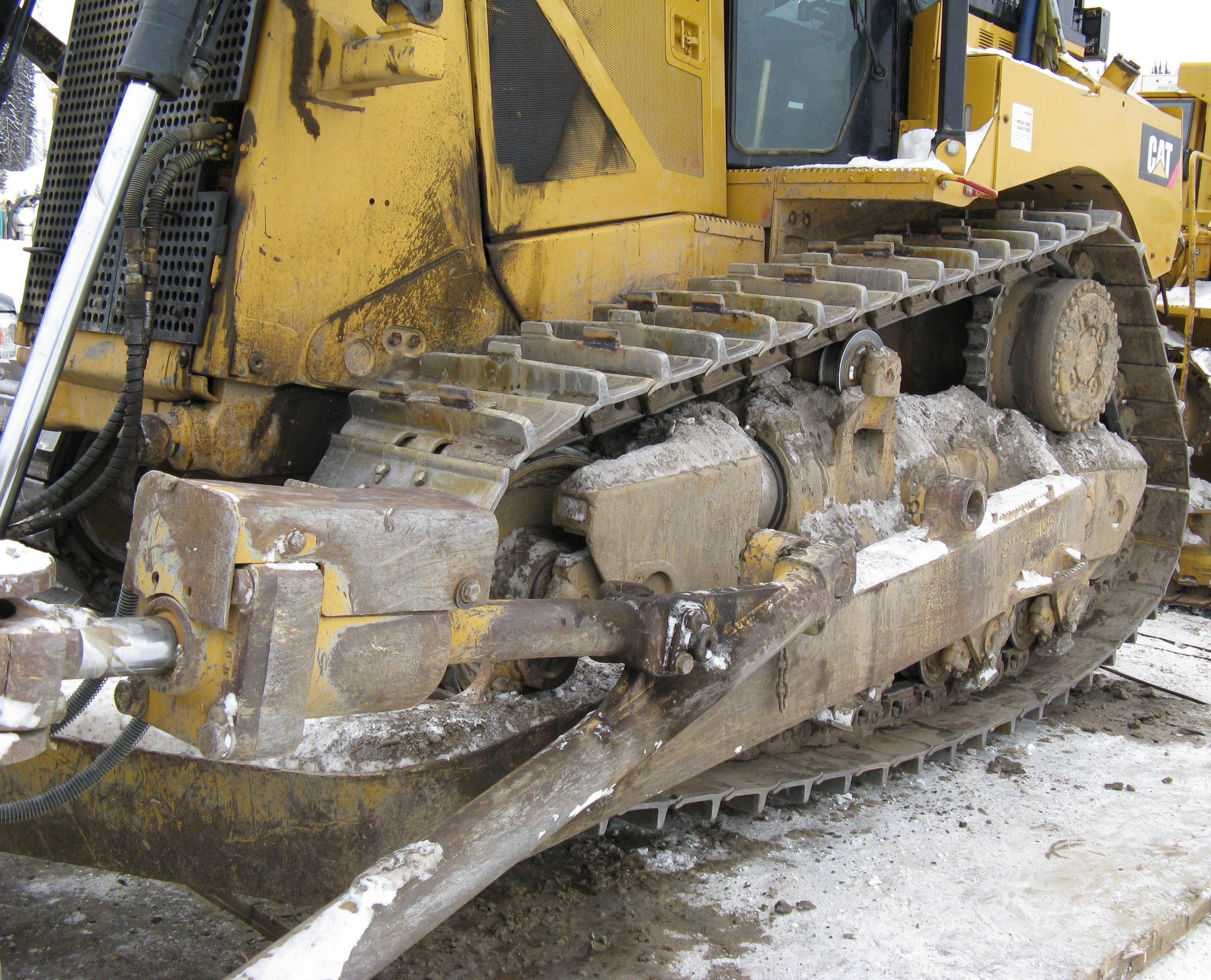Iron Insights
Ice Lugs: The Cold-Weather Grip That Keeps Your Tracked Equipment Moving
When winter locks the ground in ice and snow, tracked machines face one of their toughest tests. Even the best undercarriage setup can slip when the surface turns slick. That’s where ice lugs come in — a simple but powerful upgrade that can mean the difference between getting stuck and getting the job done.
What Are Ice Lugs?
Ice lugs are bolt-on or welded steel traction aids that attach to the grousers on a machine’s tracks. They bite into frozen terrain, ice, and packed snow, helping maintain traction and steering control when regular track pads can’t grip. Think of them as the winter tires of the heavy equipment world — designed for extreme cold, steep grades, and unpredictable surfaces.
They’re used on:
- Dozers clearing snow or ice roads
- Excavators working in frozen ground or on icy slopes
- Forestry and logging equipment operating in northern climates
- Pipeline, oilfield, and mining machines that can’t afford downtime
Why Ice Lugs Matter
Without traction, power is wasted. A tracked dozer might have all the horsepower in the world, but if it’s spinning on glare ice, it’s not moving material. Ice lugs solve that problem by transferring engine power directly into ground-biting force.
Some key benefits include:
- Improved traction and braking on ice and packed snow
- Reduced track slippage, lowering wear and tear
- Better control on grades, especially with heavy loads
- Less downtime in winter operations
Operators often notice the biggest difference when pushing, grading, or turning on frozen surfaces — situations where smooth grousers just slide.
Choosing the Right Ice Lug Setup
There’s no one-size-fits-all solution. Ice lugs come in different shapes and profiles, from simple bar spikes to tapered teeth designed for deep bite. The right choice depends on your machine type, ground conditions, and the kind of work you do.
Bolt-on ice lugs are popular for versatility — you can remove them when the thaw comes. Weld-on styles offer more strength and permanence but require careful installation to avoid damaging track shoes.
Pro tip: Always check lug height and spacing to avoid interference with rollers or idlers, and remember that too much bite can cause excessive vibration or stress on undercarriage parts.
When to Use (and Not Use) Ice Lugs
Ice lugs shine on frozen lakes, icy roads, and slick slopes — but they’re not ideal for every surface. On bare rock or asphalt, they can chip, wear fast, or even damage the ground. In mixed winter conditions (ice patches and dirt), removable bolt-ons give you the flexibility to adapt.
If you’re working on sensitive terrain — like paved yards or areas where you’ll transition to bare ground — consider half sets or strategic placement on every other grouser.
The Bottom Line
Winter doesn’t have to stop your tracked machine in its tracks. With the right ice lug setup, you’ll keep your dozer, excavator, or forestry rig working safely and efficiently long after the mercury drops.
For operators who work where frost never quits — ice lugs aren’t just an upgrade, they’re insurance.

